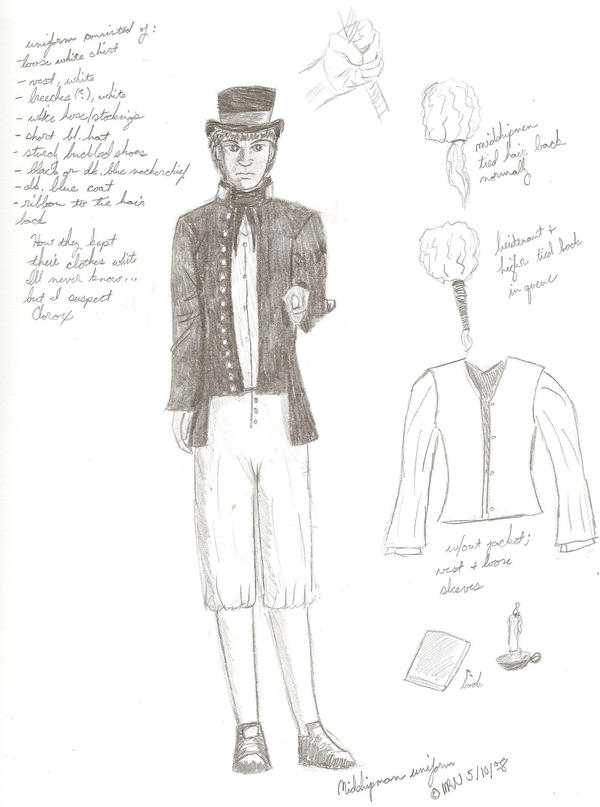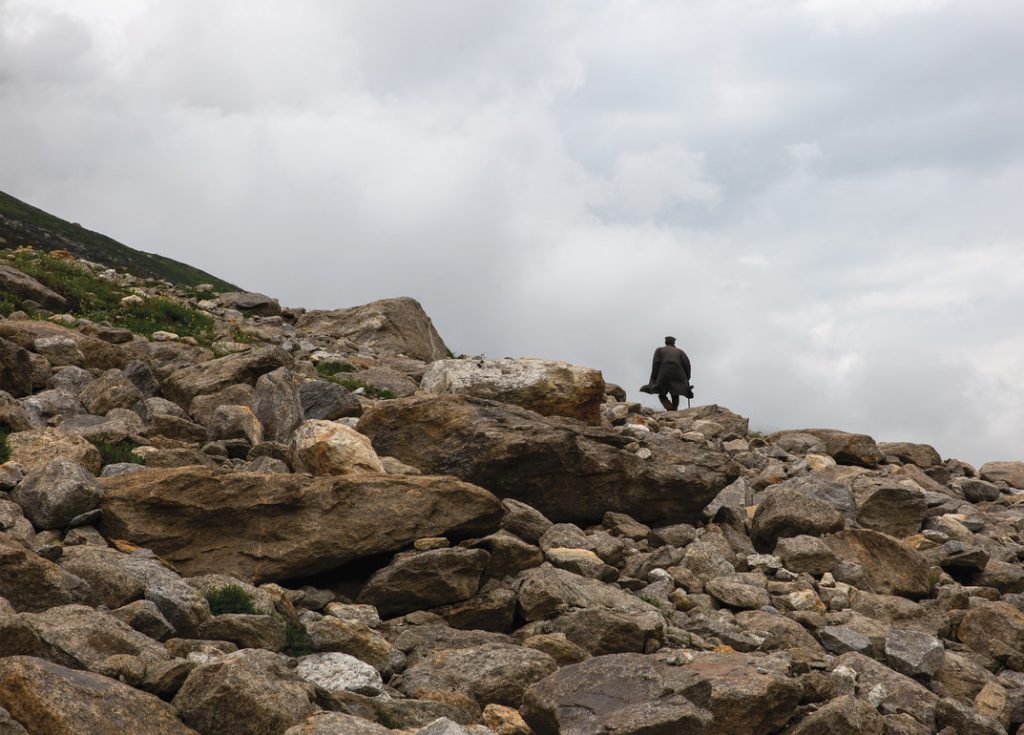The tragic death of 21-year-old Naval Academy midshipman Luke Gabriel Bird during a hiking trip in Chile has sparked widespread concern and reflection on the risks associated with outdoor activities. As one of the most prominent stories in US trending news, this incident highlights the importance of safety protocols, risk awareness, and the need for better preparedness when engaging in adventurous pursuits.
Bird, a second-class midshipman from Texas, was part of a study abroad program with Chile’s naval academy when he tragically fell to his death over a waterfall. His body was discovered in a lagoon near the Salto El Agua waterfall by Chilean authorities. The incident serves as a sobering reminder of the dangers that can arise even during seemingly routine outdoor excursions.
Understanding the Risks of Hiking
While the Luke Bird hiking accident is an isolated event, it falls under a broader category of incidents that occur frequently in mountainous regions. According to research conducted by Martin Faulhaber and his team at the University of Innsbruck, falls account for nearly half of all hiking accidents. These incidents often occur due to factors such as loose gravel, uneven terrain, or exhaustion—especially during descents.
In their study, Faulhaber and colleagues analyzed data from the Austrian Alpine Police, which revealed that most falls happen on marked paths with loose gravel or stony ground. Only a small percentage of incidents occur on snowy surfaces. Furthermore, 75% of falls happen during the descent, likely due to physical exhaustion and unfamiliarity with downhill walking.
These findings are particularly relevant when considering the circumstances surrounding Bird’s accident. Although the exact cause of his fall remains under investigation, the possibility of slipping on unstable ground or misjudging the terrain cannot be ruled out.
The Role of Experience and Preparation

Luke Bird was described by peers and faculty as a dedicated and high-achieving midshipman. He had been involved in various military and academic programs, including the Marine Corps JROTC unit in high school. His commitment to service and leadership made his passing especially heartbreaking for the US Naval Academy community.
Despite his experience, Bird’s accident underscores the importance of proper preparation and risk assessment before embarking on any outdoor adventure. Even seasoned hikers can face unexpected challenges, especially when navigating unfamiliar terrain. The lack of detailed information about Bird’s route or the conditions he encountered highlights the need for better communication and safety measures in such situations.
Safety Measures and Preventive Strategies

Research into hiking accidents has led to the development of preventive strategies aimed at reducing the likelihood of falls. One such approach involves understanding the factors that contribute to instability on trails. For example, studies have shown that hikers who wear appropriate footwear and carry sufficient water are less likely to suffer injuries.
Additionally, Faulhaber’s team has emphasized the importance of field research in identifying specific risk factors. By analyzing accident sites and interviewing hikers, researchers can gain valuable insights into how to improve trail design, signage, and emergency response protocols.
For individuals like Bird, who were participating in international programs, it is crucial to be aware of local environmental conditions and potential hazards. This includes understanding weather patterns, trail difficulty, and the availability of emergency services.
Lessons Learned from the Luke Bird Incident

The loss of Luke Bird has prompted a broader conversation about safety in outdoor activities, particularly for students and military personnel who may be exposed to high-risk environments. While no single factor can be blamed for his accident, the tragedy serves as a powerful reminder of the need for vigilance and preparedness.
Some key lessons include:
- Proper Training: Individuals should receive adequate training in navigation, first aid, and emergency response before undertaking challenging hikes.
- Equipment Check: Ensuring that gear such as boots, backpacks, and navigation tools are in good condition can significantly reduce the risk of injury.
- Weather Awareness: Checking weather forecasts and avoiding hikes during adverse conditions can help prevent dangerous situations.
- Group Hiking: Traveling with others increases the chances of receiving timely assistance in case of an emergency.
Furthermore, institutions such as the US Naval Academy should consider implementing more rigorous safety protocols for students participating in overseas programs. This could include mandatory safety briefings, access to local emergency contacts, and guidelines for safe hiking practices.
The Human Side of the Story
Beyond the statistical analysis and safety recommendations, the story of Luke Bird is deeply personal. He was not just a midshipman but a young man with a bright future, driven by a passion for service and leadership. His legacy will be remembered by those who knew him, and his passing has united the Naval Academy community in mourning.
Friends and classmates have spoken highly of Bird, describing him as a mentor, a leader, and a devoted student. His contributions to both his high school and the Naval Academy reflect a life of dedication and purpose. As the community comes to terms with his loss, they are also reminded of the value of life and the importance of taking every precaution to protect it.
Moving Forward: A Call for Awareness

As the US trending news continues to highlight incidents like the Luke Bird hiking accident, it is essential to use these events as opportunities for education and improvement. Whether through public awareness campaigns, institutional policy changes, or individual responsibility, there are many ways to reduce the risk of similar tragedies in the future.
By learning from past incidents and applying the knowledge gained from ongoing research, we can create safer environments for all who enjoy the outdoors. The memory of Luke Bird will serve as a catalyst for change, ensuring that his story is not only one of loss, but also of growth and resilience.
Conclusion
The Luke Bird hiking accident is a tragic reminder of the inherent risks involved in outdoor activities, particularly in mountainous regions. While the exact cause of his fall remains unclear, the incident highlights the importance of safety, preparation, and awareness. As research continues to uncover the factors that contribute to hiking accidents, it is our collective responsibility to ensure that such tragedies are minimized in the future.
Let us honor Luke Bird’s memory by embracing the lessons learned and striving to make the outdoors a safer place for everyone.
Meta Title: US Trending News: Luke Bird Hiking Accident Explained
Meta Description: Discover what happened in the Luke Bird hiking accident and the lessons learned. Stay updated with the latest US trending news.
Author: [Name]
Title/Role: [Journalist & Outdoor Safety Analyst]
Credentials: [Expertise in outdoor safety, journalism, and risk management]
Profile Link: [Optional link to author profile]
Sources:
– Austrian Science Fund FWF – Falls in Mountain Hikers
– US Naval Academy Statement on Luke Bird
– Research on Hiking Accidents and Risk Factors
Internal Links:
– Understanding Hiking Safety Protocols
– The Impact of Outdoor Accidents on Communities
– How to Prepare for a Safe Hike
Featured Snippet (40-60 words):
The Luke Bird hiking accident in Chile has raised awareness about the risks of mountain trails. Research shows that falls account for nearly half of all hiking injuries. Proper training, equipment, and preparation are essential for safe outdoor adventures.
Call to Action:
Stay updated with the latest US trending news and learn how to stay safe during your next outdoor adventure. Explore today’s headlines and share your experiences with others.











More Stories
US Trending News: How to Claim Your Joy: A Guide to Finding Happiness and Inner Peace
US Trending News: Explore Www.hobbylobby.com: Your Ultimate Guide to the Official Site
When Is Trick Or Treating in 2024: A Complete Guide for Halloween